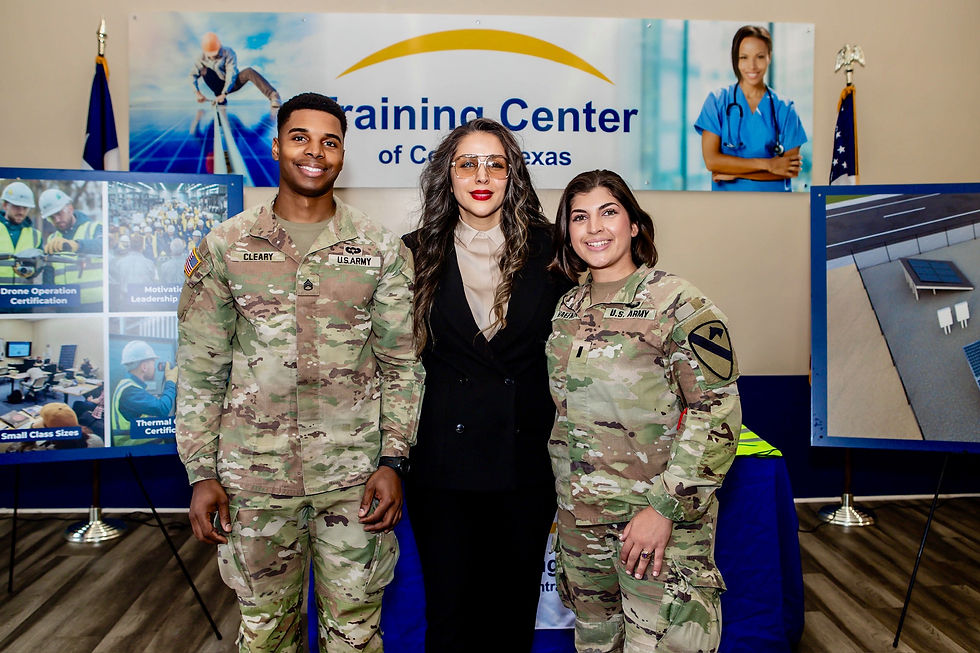Dispatching Hope by Air—Introducing Drone-Based Medical Logistics at CMA-AI
- Saran Lotfollahzadeh

- Apr 20
- 2 min read

A New Layer of Preparedness: Where Innovation Meets Urgency
Not long ago, one of our students watched a training drone lift off for the first time. Its destination was a designated emergency drop zone within our campus simulation area. The package was small, but the moment carried weight. That flight represented the beginning of a new kind of training at CMA-AI Central Texas Training Center: preparing students to engage with the future of emergency logistics.
While drones in healthcare may sound futuristic, we’ve already begun integrating the fundamentals into our medical assistant curriculum. Our students are introduced to real-world scenarios that model how drones can support rapid, safe delivery of critical medical supplies.
Building Foundations: What We’ve Started
Our current focus on drones and CMA-AI includes:
Basic drone logistics orientation within the context of medical response systems
Simulation-based scenarios that mirror rural and high-traffic emergencies, where drone delivery can reduce time-to-care
Communication training to prepare students for working with EMS, expanding their career opportunities, and logistics coordinators during emergencies
This isn’t about becoming drone pilots—it’s about understanding how to work within a system that includes airborne support. Students learn how to safely receive, manage, and distribute drone-delivered medical kits as part of their clinical response toolkit.
Why It Matters: Where the Training Leads
Soon, drone-supported care will become part of the standard response model in urban and rural settings. Students who are exposed to this technology early will be better prepared to:
Contribute to faster response times in crisis settings
Collaborate across multidisciplinary emergency teams
Support real-time decision-making that depends on speed and precision
Looking Ahead: A Sky of Possibility
We’re in the early stages, but the prospects are real. With support from local partners and ongoing curriculum development, we aim to grow this module into a full drone-integrated logistics training track. The goal isn’t just to talk about the future of medical delivery—it’s to prepare students to step confidently into it.
At CMA-AI Central Texas Training Center, we believe healthcare readiness means staying grounded in compassion and reaching higher with innovation.
By Saran Lotfollahzadeh, MD, MSCR Candidate
MD, General Surgeon, Pediatric Surgery Sub-Specialist
MSCR Candidate
AHA Cardio-Oncology SFRN Fellow
Medical Director, CMA-AI Training Center of Central Texas
Instructor in Medicine



This is an exciting and forward-thinking approach to healthcare training! Integrating drone logistics into medical response systems is a perfect example of how innovation can 👍improve patient outcomes, especially in critical emergencies. Preparing students to work within a system that includes drones for medical deliveries will expand their skill sets and empower them to be key contributors to a more efficient and responsive healthcare system. The focus on communication, collaboration, and real-time decision-making will be invaluable as drones become a regular part of emergency logistics. It’s inspiring to see how The Training Center of Central Texas is not just anticipating the future, but actively shaping it. This preparedness will undoubtedly set your students apart in the rapidly evolving healthcare landscape.